Zygopetalum orchid: description and care at home
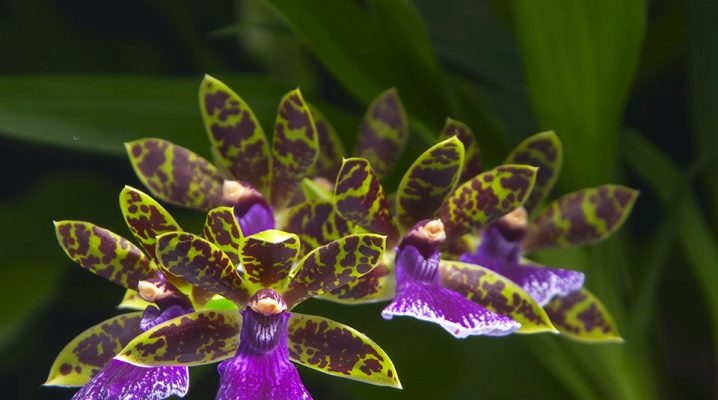
Having decided to plant an orchid in his garden, it is recommended that a novice gardener turn his attention to the most unpretentious varieties. One of them is considered to be the zygopetalum variety.
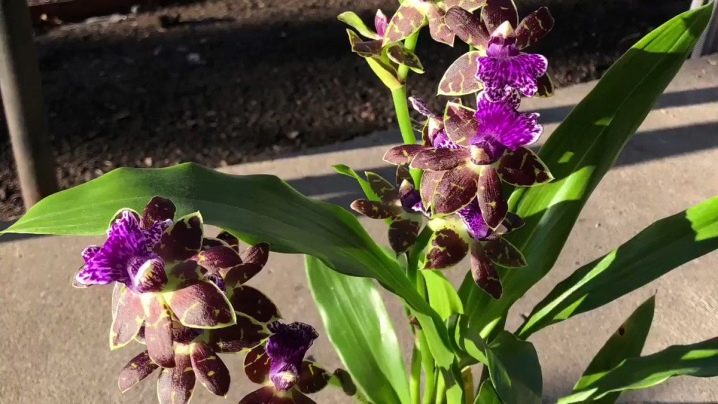
Peculiarities
The zygopetalum orchid belongs to the orchid family and has a traditional structure for orchids. At the base of the stem, there is a thickening filled with nutrients. It resembles a pear in its shape and is a pseudobulba, the length of which reaches 7 centimeters. The cycle of plant development is accompanied by the appearance of daughter pseudobulbs. Below is a rather fleshy root system in the form of a spiral.
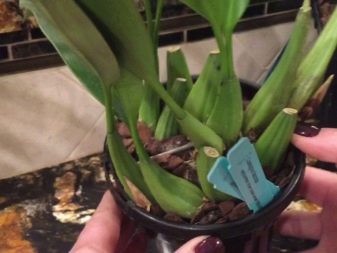
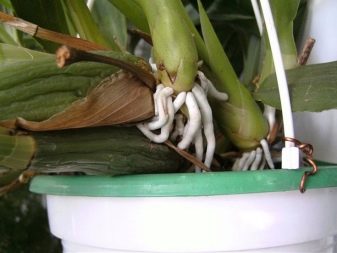
The rosette is formed from large leaves covered with an even, shiny skin of a dark shade. Oval or lanceolate processes have a solid edge and a sharp edge. The lower park of leaves forms a peduncle, the length of which can reach 50 centimeters. Each, in turn, grows about a dozen buds, arranged in succession.
The flowers have a pleasant smell and bright colors. The lip most often appears snow-white, covered with longitudinal short or long stripes. The orchid itself pleases gardeners with purple, pink, burgundy or even greenish shades. Petals can be either monochromatic or painted with patterns.

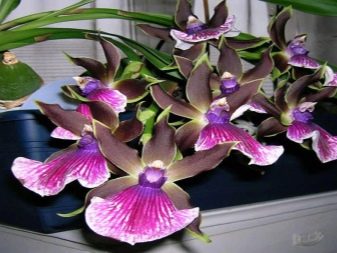
Zygopetalum blooms in winter, but with good care it can throw out the peduncle twice a year.
The orchid grows in a ladder - the stem gradually rises above the surface, forming pseudobulbs, as it were, one above the other. These sprouts are covered with smooth green skin and are oval or elliptical in shape. Appearing, they are located between two wide leaves, which after some time disappear. At the top of the pseudobulb, a pair of petiolate leaves with a leathery, glossy surface are formed.
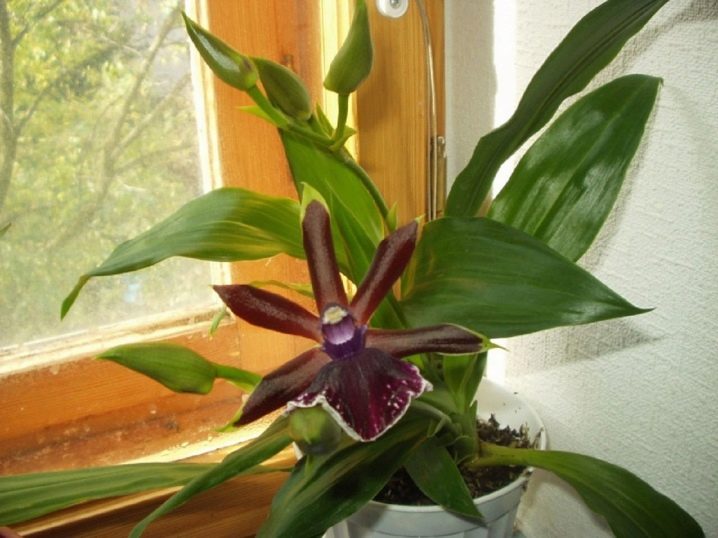
Varieties
There are 15 varieties of the zygopetalum orchid.
- "Blue Angel" has a unique aroma of black pepper. This species is considered quite capricious, therefore it is not recommended for growing by beginners. Its petals are white with a lilac-blue border, and the lip itself is slightly darker.

- Luisendorf has a sweet and tasty aroma, as well as long flowering for a couple of months. You can distinguish it from the rest by the presence of pronounced suction cups on the sheets. The peduncle, as a rule, forms about 8 buds. Light green petals are covered with burgundy brown spots.
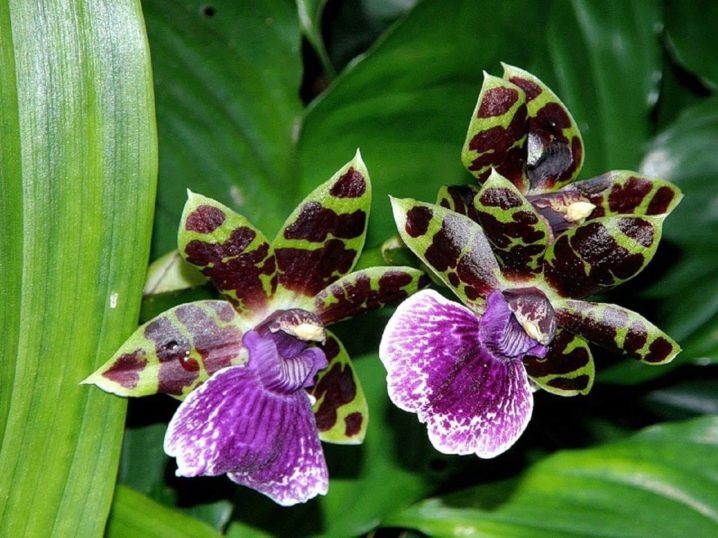
- McKay characterized by the presence of yellow-green flowers covered with brown spots. The middle lip may be white and have a wavy border with purple or reddish stripes.
McKay is often used to breed another hybrid variety.
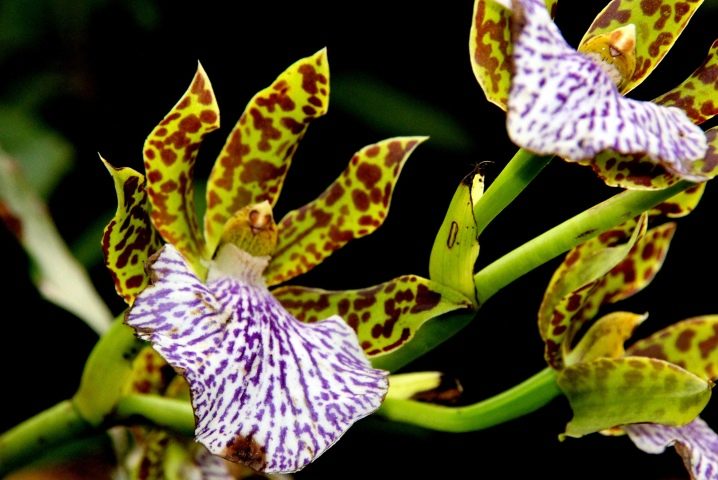
Optimal growing conditions
Growing zygopetalum at home does not seem to be a particularly difficult task. It is enough just to find a suitable place and follow the care recommendations. Orchid development is not too dependent on lighting. For example, in natural conditions, it can live even in the shade, clinging to the lower branches of trees.
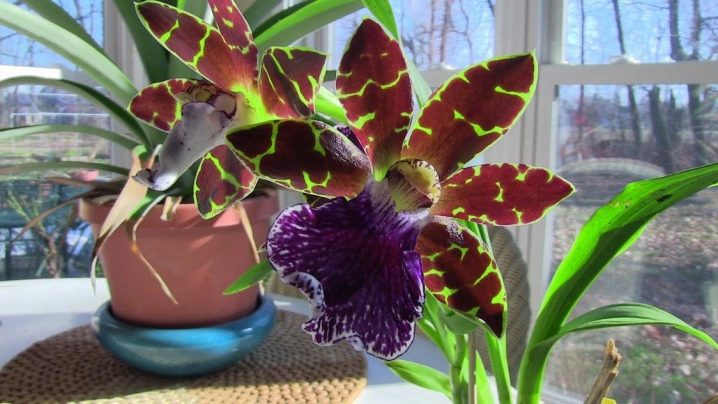
It is best to place the pots on windows facing either east or west.
The window must be protected from direct ultraviolet rays - if you do not create diffused light, then burns will appear on the sheets. Moreover, excessive heat will cause the development of the zygopetalum to slow down. It is possible to determine whether a plant has enough light by the state of their leaves - if a healthy dark color has begun to lighten or even turn yellow, then there is too much sun.
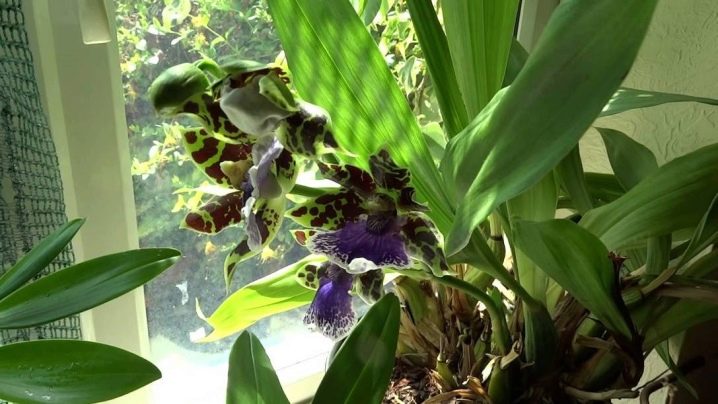
The flower loves moderate heat - no more than 24 degrees Celsius during the day and no more than 14 degrees at night. The orchid will survive a short-term rise in temperature up to 42 degrees, but only under the condition of constant ventilation or high humidity. In the summer months, the plant feels better on the balcony or in the garden - in natural conditions, a daily temperature fluctuation that is beneficial for it occurs.
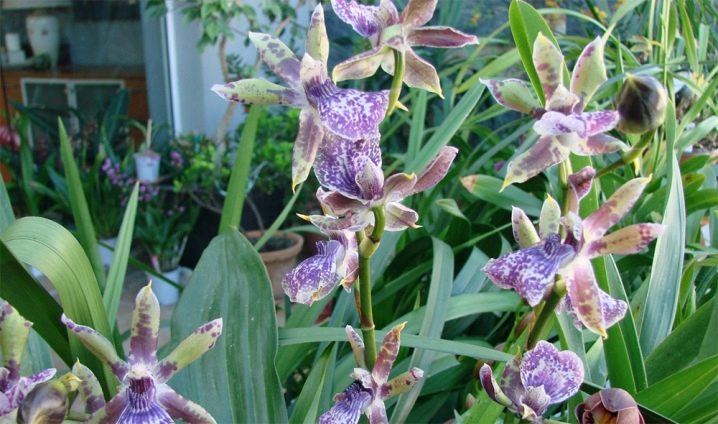
Of course, frost must be avoided in this case. The orchid is not afraid of dry air, but in winter it is still better to additionally spray it with settled water from a spray bottle, especially if the plant lives near the battery. In the summer, no additional measures are required. The soil mixture should be special, intended for orchids. If you want to create it yourself, then you should mix the bark of a pine or other coniferous tree, coal and sphagnum.
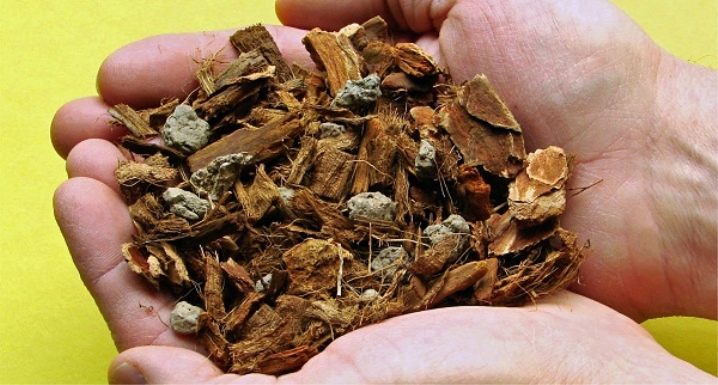
Transfer
Immediately after the purchase, it is not recommended to transplant the zygopetalum, since the flower, in principle, does not tolerate such procedures well. It will be necessary to change the habitat of the orchid only in cases where the previous one causes some problems. For example, if the pot becomes too tight for a growing plant, the roots begin to crawl out of the ground, or the substrate is already becoming dust.
However, you should not do this if the orchid is currently producing a peduncle.

Taking a flower out of the ground, you first need to free it from rotted or dried root shoots, as well as dry pseudobulbs. The cut points are immediately treated with a fungicide. But if the pseudobulb just looks shriveled, it should not be thrown away, since the nutrients necessary for the development of the orchid are still inside.
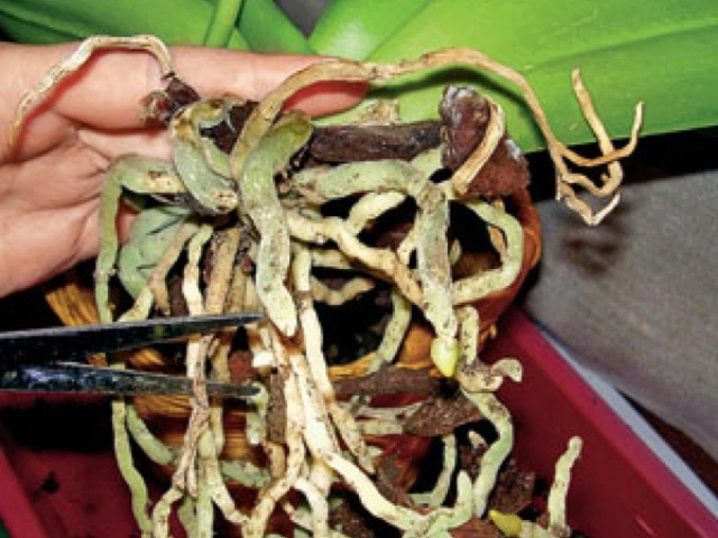
Care
Zygopetalum care, in principle, takes place according to the usual scheme, but in order to ensure the regular occurrence of flowers, it is necessary to take into account a special period in its cycle - dormancy. It begins when young pseudobulbs appear. Irrigation becomes minimal or is sometimes replaced by spraying surfaces from a spray bottle. The pot should be moved to a cool room, the temperature in which does not exceed 18 degrees. In principle, a drop of 4 or 5 degrees throughout the day during this period is considered normal. Dormancy ends with the emergence of new shoots.
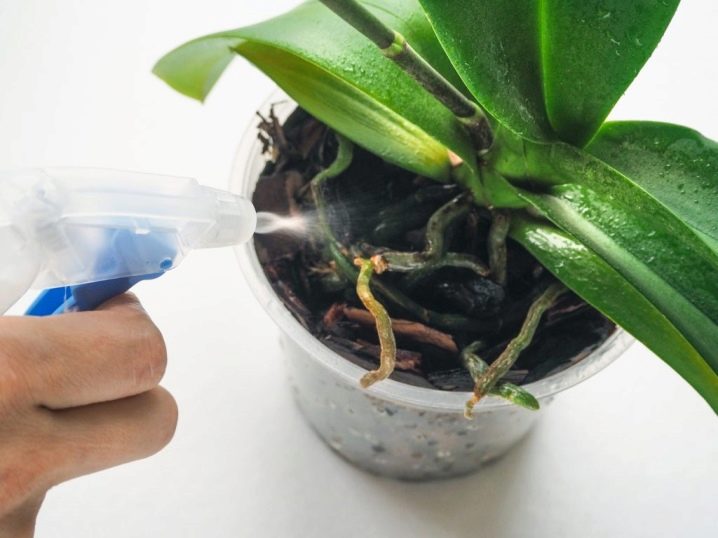
Top dressing
Fertilization occurs from the moment of active growth of the flower and until the opening of the bud. Then there is a pause during flowering, and after feeding is resumed. It is best to choose ready-made complex formulations intended for orchids, but use only half or a quarter of the dose recommended by the manufacturer. Fertilization is carried out together with water for irrigation, after which foliar spraying with the settled liquid occurs.

It is important to remember that an excess of potassium and phosphorus leads to root destruction, which means that such feeding should not be frequent.
Watering
It is worth irrigating the crop in moderation and in accordance with the season and plant development cycle. For example, while the buds are still forming, and the zygopetalum itself is growing, watering should be done abundantly. Its frequency is determined based on the condition of the soil - it should dry out, but not dry out. When the orchid begins to form pseudobulbs, the amount of moisture should be reduced.
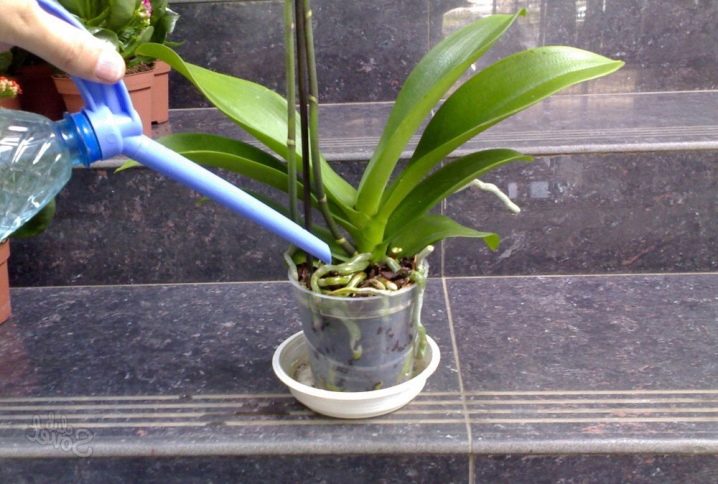
Nevertheless, overdrying the soil should also not be allowed, since the roots of the orchid cannot accumulate moisture. Liquid congestion, in turn, leads to problems with oxygen transport to the root system.Ideally, watering the zygopetalum should be carried out by full immersion, when the container with the flower is immersed in the water for about a quarter or a third of an hour. Then, when the water drains, the plant returns to its habitat.
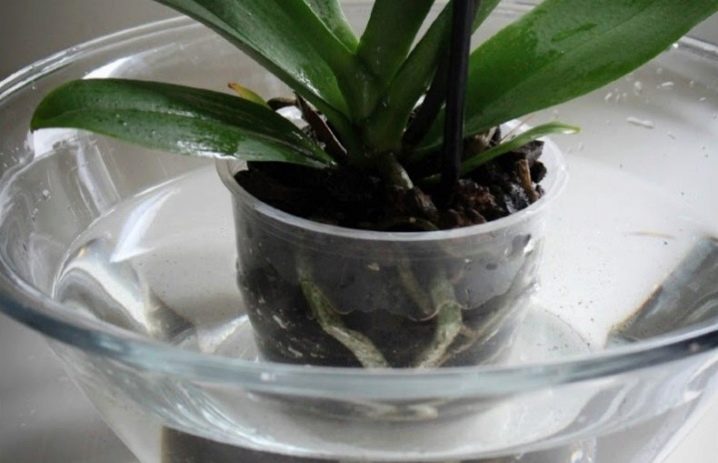
Reproduction
Among gardeners, it is customary to propagate zygoletalum by dividing the rhizome. At least 3 pseudobulbs are left on each piece used. Immediately before planting, the delenki will have to be dried and sprinkled with coal powder. It is customary to plant young shoots in a soil mixture intended for adult orchids. The propagation of orchids by seeds is usually used in industrial conditions - it will be almost impossible to carry out it at home.
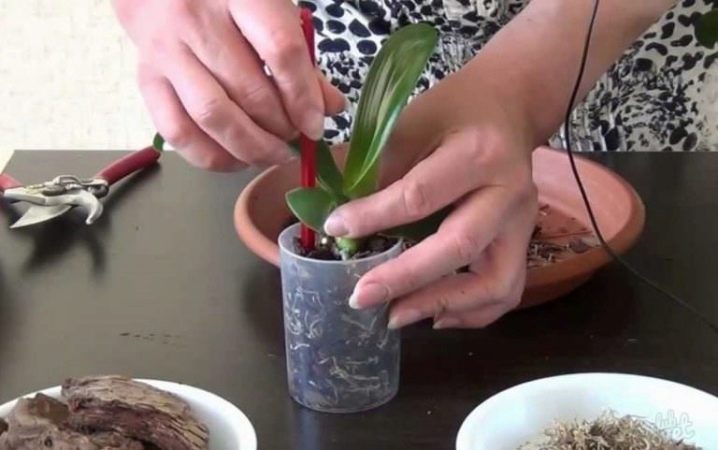
Diseases and pests
Most often, an orchid gets sick if it is not properly cared for. Excessive irrigation leads to root rot or fungus. In this case, resuscitation should be immediate - the soil is dried, the damaged parts are cut off, and the flower is treated with purchased fungicides. Often zygoletalum becomes a target for spider mites.
To remedy the situation, first the plant will have to be rinsed under warm water, and then treated with almost any insecticide.
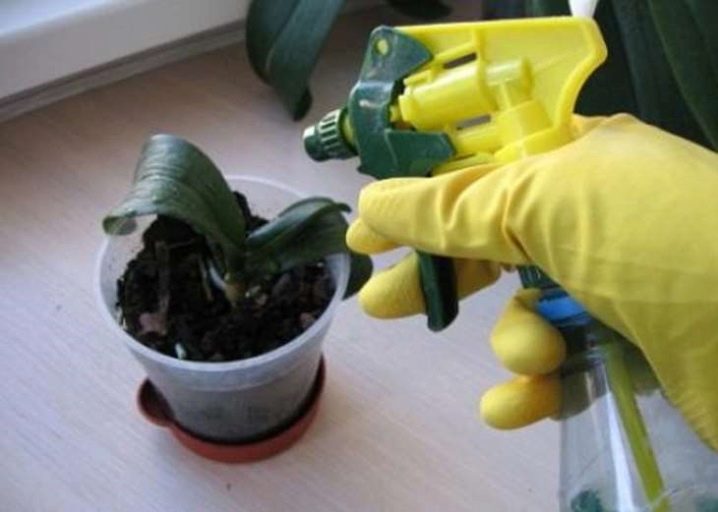
If the leaves of an orchid turn yellow, then this indicates insufficient moisture in either the earth or the air. Solving the problem is easy - just get into the habit of additional spraying. If the leaves turn black, but not completely, but with spots, it is possible that excessive irrigation is to blame. The problem is solved by temporarily stopping watering.
If the plant has problems with flowering, then, most likely, the lack of light, high temperatures, or improper organization of the dormant period are to blame. When the buds appear, but very scarcely, we are talking about overheating the flower or excessive lighting.
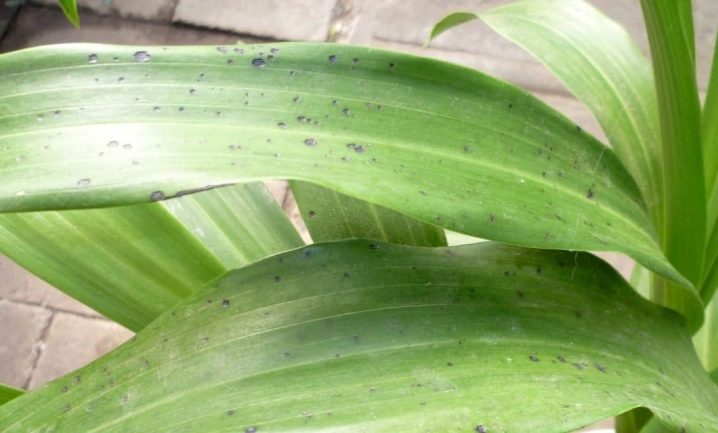
It is worth adding that the varieties of zygopetalum require different lighting, but the location on the windowsills facing the west or east is suitable for everyone. In the case of the south side, artificial shading will be required, and the north side - additional highlighting using phyto lamps or ordinary daylight bulbs.
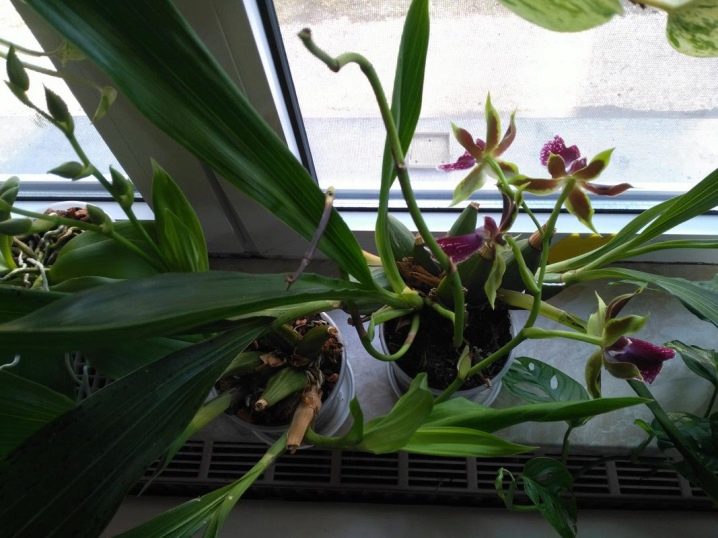
The lighting level should be 5000 lux, which is equivalent to 12 hours of light in December or January.
If the lighting is too bright, then the peduncles will develop quickly, but the formation of pseudobulbs will stop. As a result, the sprouts will turn out to be defective, and the next year, flowering may not occur. With a lack of light, the orchid also experiences flowering problems. In this case, everything is accompanied by the death of the kidneys and problems with the peduncle.

For information on how to care for the zygopetalum orchid at home, see the next video.































The comment was sent successfully.